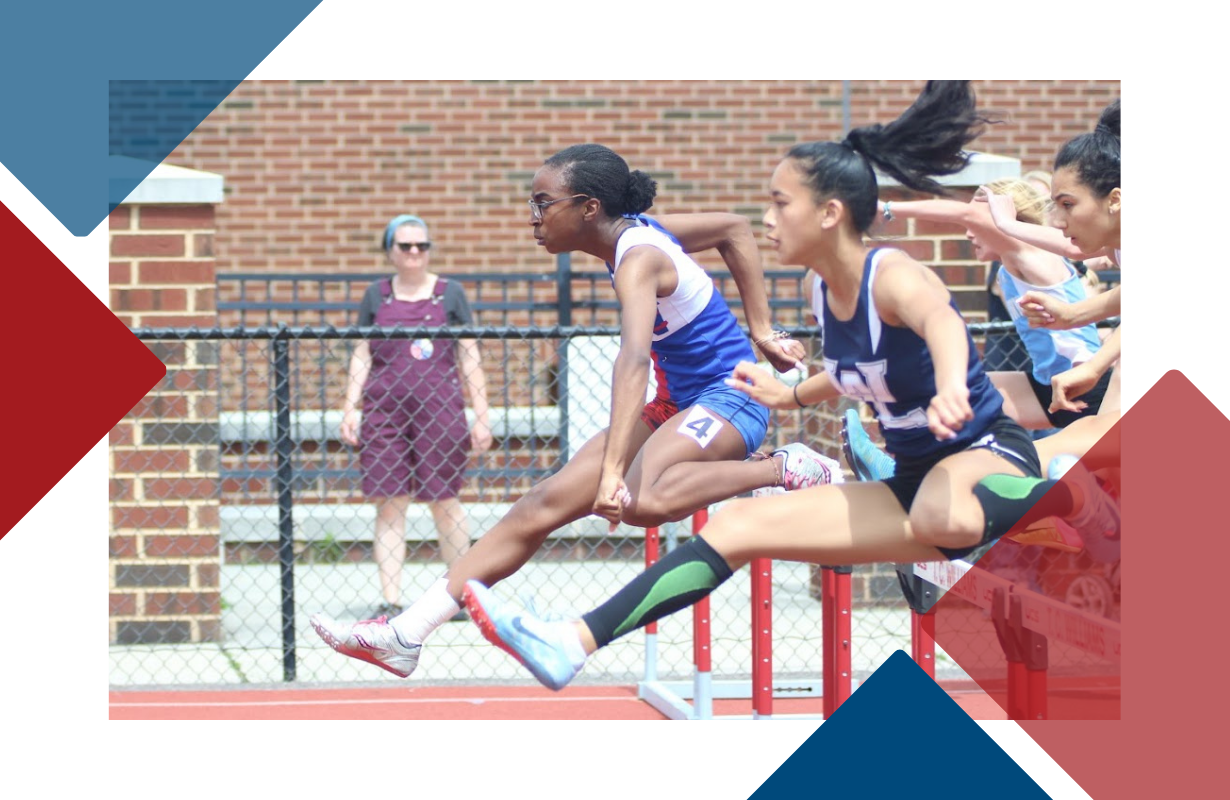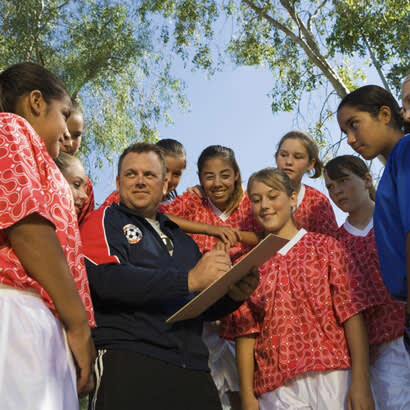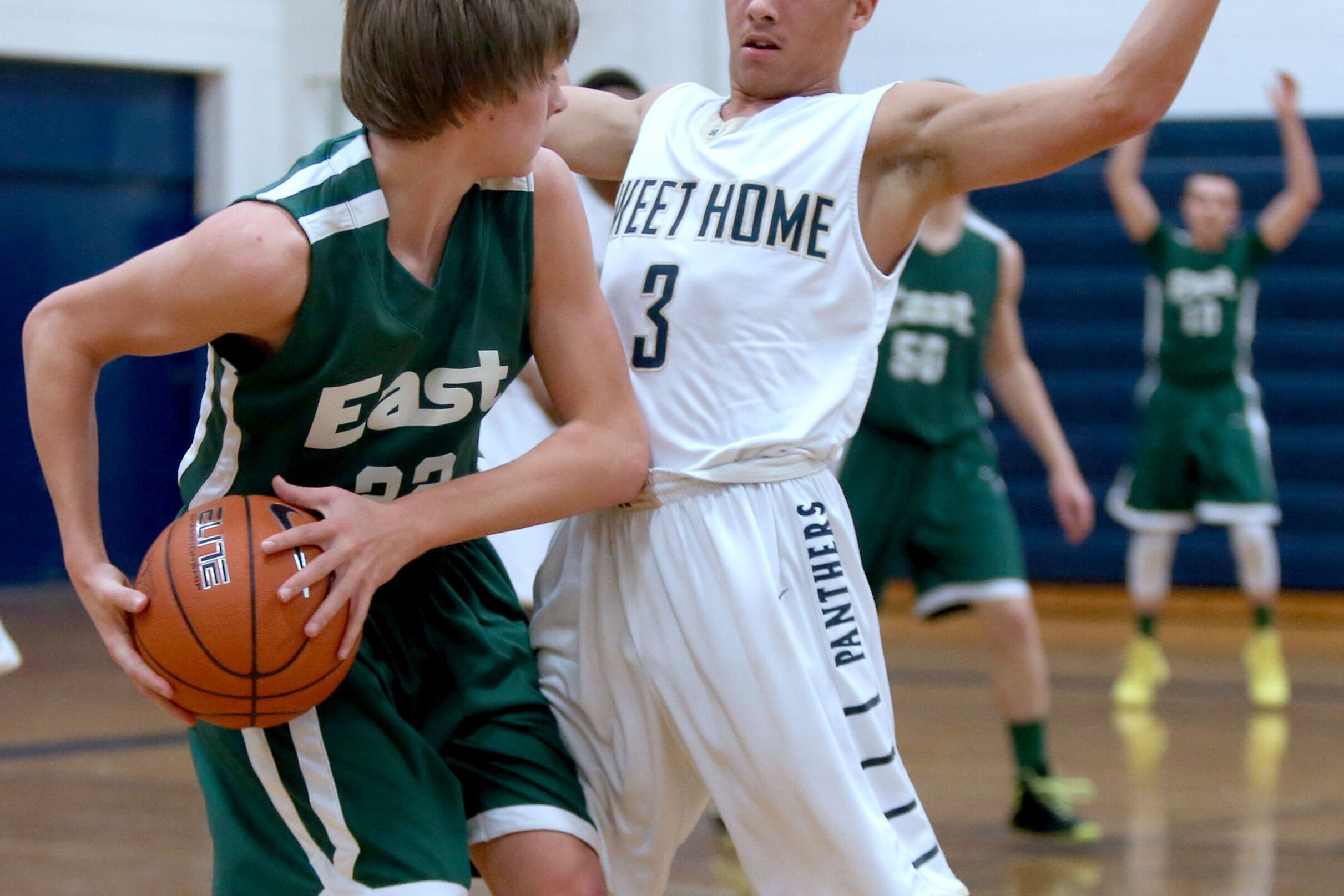Grand Park Sports Campus
For 47 weekends a year, the Rocky Top Sports World is normally bustling with kids playing tournaments in the heart of the Great Smoky Mountains in Gatlinburg, Tennessee. The $20 million sports complex, which opened in 2014, can configure 14 soccer fields, 12 volleyball courts, six basketball courts, one championship stadium and a cafe over 80 acres.
Like most large youth sports facilities, Rocky Top Sports World is designed for tourism. Gatlinburg’s community of 4,100 people can swell to hundreds of thousands on weekends with youth sports tourists.
With games now stopped during the pandemic, no one knows when the teams will start traveling again or what tournaments will even look like.
“We consider ourselves the driver of the community to get heads in beds and people in restaurants because that’s the nature of the business,” said Jim Downs, Rocky Top Sports World CEO. “We’re a tourist town, so it would be great for us to schedule a 100-team volleyball tournament. But we have to make sure our chamber of commerce and our business community is prepared (to handle large crowds due to COVID-19). We’re talking to the chamber daily.”
If this sounds like planning associated with the return of major college or professional sports, well, it sort of is. Travel teams are a major business that can generate tens of millions of dollars in economic impact reports issued by cities and states.
Over the past decade, the growth of travel teams and regional and national events fueled the popularity of sprawling complexes for youth sports, which is an estimated $19 billion industry. These megacomplexes, often built in small communities, became staples of the phenomenon known as the “tournacation” – the hybrid sports/vacation destinations where parents share their child’s dreams of sports glory and have the money to pursue it through travel.
Across the country, megacomplexes are attempting to figure out what’s next, especially after losing key sports months of March, April and likely beyond.
“For some facilities, because of the way their revenue is not evenly distributed over the course of a year, it’s going to be really difficult to survive,” said Bruce Rector, general counsel for Sports Facilities Management (SFM), which manages 23 facilities in 20 states. “Federal relief just covers some expenses, but not lost revenue. The bigger the facility, the more at risk you are.”
For the second quarter alone, SFM anticipates a displacement of 330 events from its 20 facilities, representing $2.4 million in revenue. The events would have brought in more than $80 million in direct spending into communities, according to SFM.
Is this the end of the megacomplex arms race?
In Blaine, Minnesota, the National Sports Center dubs itself the “world’s largest amateur sports facility.” The 30-year-old facility has eight sheets of ice and 60 soccer fields on its 700-acre campus. And it’s losing $12,000 a day from a $15 million annual operation with 58 full-time staff, said Todd Johnson, the center’s executive director.
National Sports Center
The Minnesota Amateur Sports Commission has operated the center since it opened in 1990. The Minnesota United soccer team trains at the center, which also hosts qualifying golf tournaments for a PGA Tour event. According to Johnson, 90% of the center’s operational revenue comes from youth leagues and tournaments, and the other 10% from sponsorships.
The looming question for the center: Can it host the USA Cup soccer tournament in July? It’s the third-largest youth soccer tournament in the world, with 1,200 teams from 20 states and 20 countries, and accounts for about 18% of the center’s annual revenue.
Johnson said the National Sports Center luckily has $2 million in reserves. Still, it’s searching for money, such as through state financial assistance and asking for donations. The front page of the center’s website says, “If the National Sports Center does not get a bailout from the state government, the City of Blaine and State of Minnesota will lose out on millions of dollars of economic impact generated by thousands of visitors who would be traveling to the campus.”
The National Sports Center was once the cutting edge of large youth sports facilities. Today, there are communities across the country banking on youth sports tourism. Johnson isn’t sure all of these facilities make sense without better planning. After becoming executive director in 2014, Johnson said he partnered with a local school district looking for green space so it could receive state funding to build on the National Sports Center’s footprint.
“My hope is we have rigorous analysis and contemplation about the arms race going on in this amateur sports business,” Johnson said. “Maybe we can take this pandemic and step back and say, ‘What makes the most sense for shared facilities, especially when these are public entities, so we’re more cooperative and not overbuilding?’”
In Westfield, Indiana, the Grand Park Sports Campus sits empty with 400 acres of fields, baseball diamonds and indoor facilities built with more than $80 million in public funding. The Hamilton County tourism department said if the park stays closed, the loss in direct spending could exceed $85 million in central Indiana, according to the Associated Press. A spokeswoman for the city of Westfield told the AP that Grand Park itself is in good shape financially.
Experts who work in the youth sports facility industry say whether a megacomplex survives depends on how it’s financially structured, with those dependent on a lot of municipality support (such as Grand Park) facing greater challenges since budget cuts are inevitable. But experts also point to the resiliency of the travel sports industry after other major catastrophes, such as hurricanes, wildfires and economic challenges.
St. Louis is still betting on the travel industry. On April 10, during the heart of the pandemic, the Convention and Visitors Commission approved $6 million in hotel tax money up front for a plan to turn a nearly-dead mall into a youth sports complex, according to STLToday.com.
The board had originally pledged the money to the project in 2018, though it was to be paid out over 10 years. In recent weeks, the backers of the project – which plans to build 12 fields and 20 courts – sought the $6 million up front. STLToday.com reported the money will only be paid out if all other financing is secured. The city of Hazlewood is contributing millions to the financing. Area philanthropist and other developers are contributing $3.3 million in equity and $18.4 million in private loans for the project, according to STLToday.com.
The youth sports industry fared well in the last economic recession, even as participation rates among kids in team sports overall fell from 45% in 2008 to 38% in 2014. As municipalities cut funding for park and rec programs that serve lower-income populations, recreation became increasingly privatized, underwritten by families with means. This time, however, there are health considerations that come into play. How much parents will want to travel, both due to safety concerns and money? Will “tournacations” still resonate in a post-coronavirus world?
How to reopen safely
When local governments and public health experts say it’s OK to reopen, megacomplexes must think about how to safely return in a society that likely will have new social distancing guidelines. Pro sports leagues and colleges, with far more resources than youth sports, are well into their planning for how to possibly return under different scenarios.
Rocky Top Sports World
Youth sports facilities will need do to the same. But in Aspen Institute conversations with about a half dozen operators of large facilities, there doesn’t seem to be much focus yet on how to safely return. Several operators said that safety hasn’t been discussed given other more pressing needs; one operator said he will continue to clean and staff the facility the same way because he’s always sanitized it well.
“There’s going to be a period where parents are concerned about letting their kids come back and play at all, so anything you can do to make parents feel safe is going to be critical,” said Jason Clement, CEO of Sports Facilities Management.
Clement’s job these days is thinking through what the comeback looks like for his industry. Among the areas that he says facilities will need to consider:
Allowing spectators at games. Should spectators be allowed into youth sports games at first, or should facilities create live feeds for parents and family members to watch? If spectators can come in, should seating be spaced out differently in small clusters, such as putting tables and chairs scattered around a court?
Checking people’s health. Do youth sports facilities have participants, coaches and spectators get their temperature checked as they arrive? (Some medical experts say checking for fevers is unreliable and, on its own, could even be deceiving as a way to determine who is infected. The coronavirus can spread with absence of a fever.) If the capability of mass COVID-19 testing eventually comes to the U.S. and the results can be determined quickly, do facilities go to that extreme with testing on site?
New sanitization policies. How frequently is trash picked up and bathrooms cleaned? Where does the trash go within the facility’s design to get it off the property as quickly as possible? Should multiple hand sanitizer stations be placed around the complex? Should the turnover time between games be lengthened in order to clean areas?
Staffing to help sanitization. Is there an attendant at the front door to greet customers and let them know about sanitization stations and policies? Are bathroom attendants needed to constantly clean them?
Selecting participants based on hotspots. As venues open, who’s allowed to sign up for tournaments or events? Since hotspots of COVID-19 occur at different times around the country, does programming begin with local teams and expand out later? Are teams from hotspots allowed to attend? And how does an organizer know where the hotspots will be at the time of the tournament, with teams registering months or weeks in advance?
These are the questions Clement is starting to ask himself, though some of the ideas may not be affordable or practical for youth sports. Rector, the general counsel at SFM, has one more question on his mind lately.
“Think about waiver of liability where you could be injured playing a sport and that injury could include paralysis and death,” Rector said. “We may have to add communicable diseases after this just to spell it out to folks and say, ‘We can’t ultimately be responsible for folks if you choose to comingle with people in this facility.’”
Challenges to reschedule
Megacomplexes also must go through the pain-staking challenge of rebooking events. Many traditional spring and summer events are trying to reschedule for the fall, creating conflicts with the traditional fall season at sites where fields and courts are already booked through the end of 2020.
“It’s one by one, hand by hand combat,” Clement said of rescheduling.
SFM is partnering with event providers to think of new and innovative ways to schedule when activities are allowed to return. That includes focusing on local programs to serve families who are ready for healthy activities. In a Project Play webinar on how leaders can manage the crisis, Lisa Frates, executive director of the Bethesda (Maryland) Soccer Club, said she is exploring how to create for her clubs more weekend events that do not require travel to other states.
As of now, Rocky Top Sports World’s next scheduled event is a 7-on-7 football regional qualifying event on May 30-31 in Gatlinburg, Tennessee. But really, they’re just rolling dates at this point given the fluidity of the situation.
“The big thing is not knowing an end date,” Downs said. “What happens when New Yorkers are no longer needed to be quarantined and they start moving South and a lot of those Southern states haven’t peaked yet? Do you recruit New York teams as an organizer knowing we’re probably not going to be open when New York is open because of different peak rates? You just have to pick a date for planning purposes and move that accordingly.”
Downs picked July 1 since it’s the start of Rocky Top Sports World’s fiscal year. He’s hoping for May or June and hypothetically eyes the “wonderful” possibility of staging weekday local tournaments if kids are out of school due to the virus – a new revenue source to make up for lost “tournacation” weekends.
“We’re looking at all sorts of options to accommodate our event organizers and their clients,” Downs said. “There are no easy answers. Most event planners can roll with the punches. I don’t care how many events you’ve done over your life. This is an environment nobody has ever had to deal with.”
Do you have a topic that you would like Project Play to explore in future COVID-19 youth sports coverage? Email Jon Solomon at jon.solomon@aspeninstitute.org.























